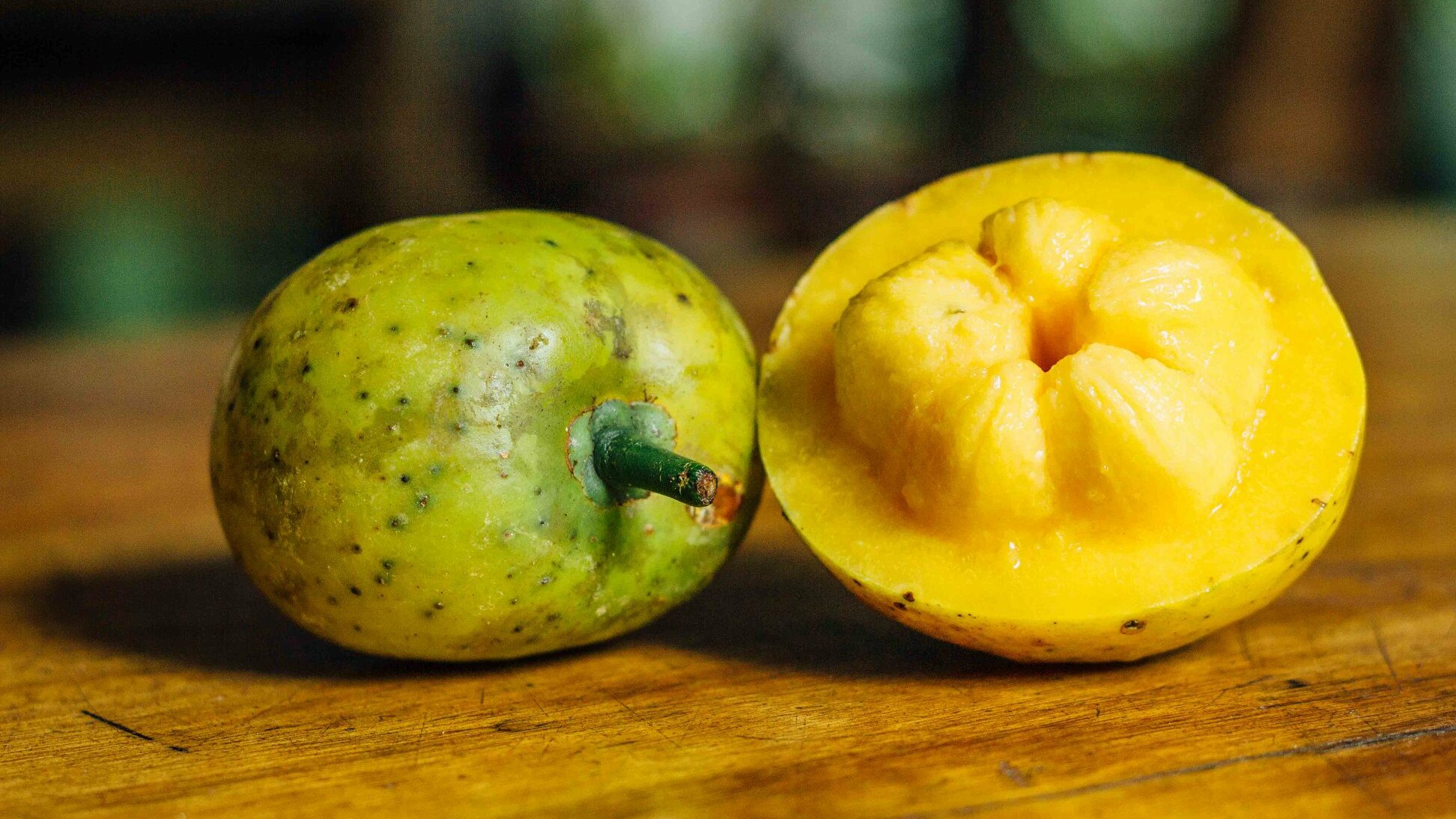Mangosteens are so ubiquitous in our country. Yet, this purple fruit was once regarded as a luxury by Europeans. When Westerners first encountered mangosteens, the mouthwatering blend of lychee, peach, strawberry, and pineapple flavours captivated them. However, mangosteens have a poor resume than most supermarket fruits. They can’t withstand cold temperatures, their trees take a decade to start fruiting, and even then, the yield is uncertain.
According to a rumour that dates back to 1890, Queen Victoria was willing to grant anyone a knighthood and all they had to do was bring her one mangosteen fruit, because that’s how fast it spoils over there! Is this true? We’ll never know. Regardless, Queen Mangosteen reigns supreme in the lush tropic lands of Southeast Asia thanks to her:
#1 Powerful antioxidants
Mangosteens carry nutrients that have potent antioxidant properties like vitamin C and xanthones. These can help neutralise the damaging effects of free radicals, which are linked to various chronic diseases.
#2 Low-calorie count
Looking for a low-calorie fruit to lose weight? Help yourself to some mangosteens. Amounting to around 60 calories per 100g, mangosteens contain no saturated fats or cholesterol. Nevertheless, balance is key. Hence, limit your daily consumption to two to three times a day.
#3 Healthy skin boosters
The anti-inflammatory and antioxidant nature of mangosteens are great in promoting healthy skin. Owing to its rich Vitamin C content, mangosteens boost collagen formation which in turn repairs fine lines, wrinkles, loose skin and acne breakouts.
FUN FACT: Mangosteens come in yellow too! Open up a yellow mangosteen and you’ll find vivid yellow flesh that tastes sour like lemons. Dubbed ‘false mangosteens’, they too grow well in full sun and shade.

Sources: Healthline, WebMD, Medical News Today. Image Credit: Cape Trib Exotic Fruit Farm’s Facebook












